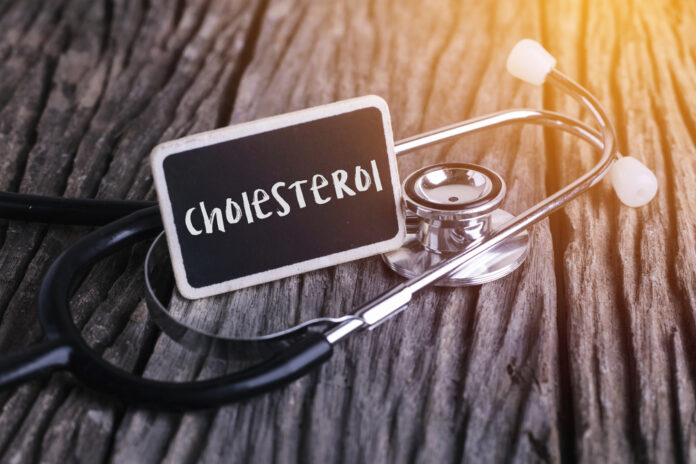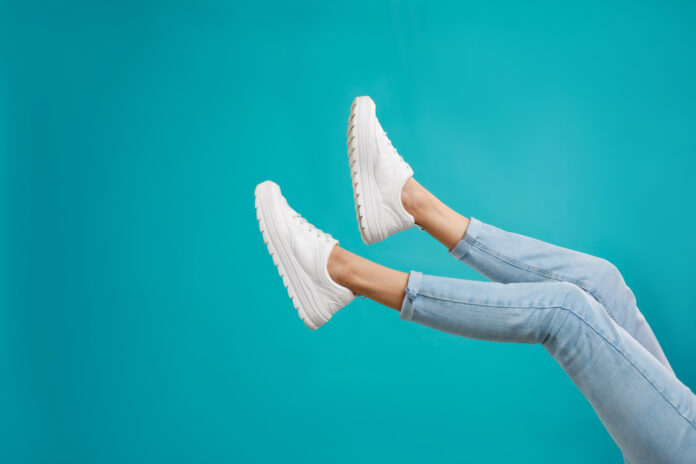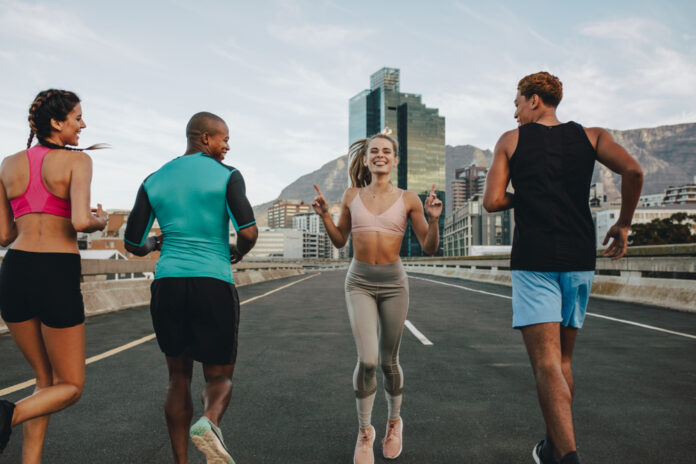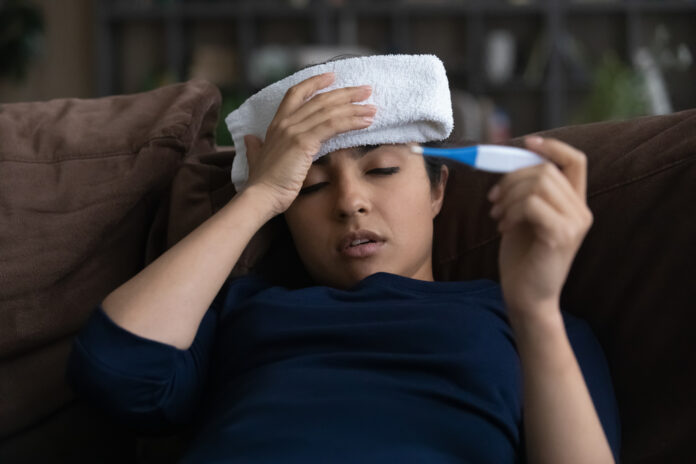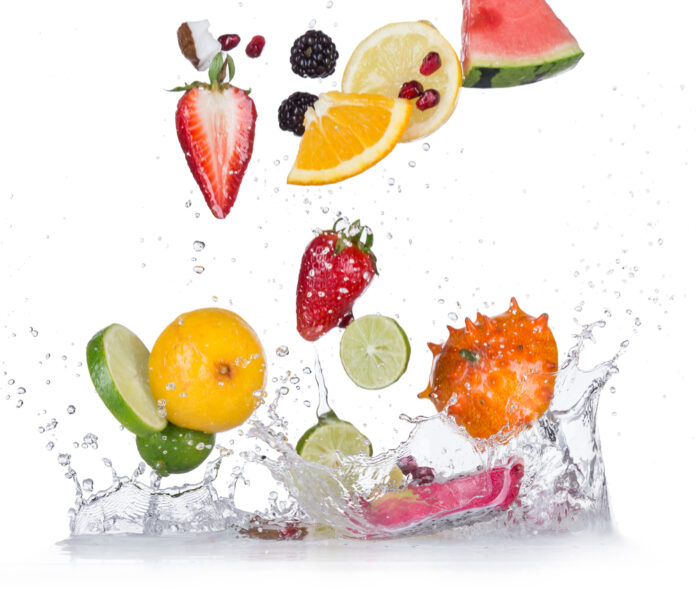It is now well-known that skin cancer can be caused by prolonged sun exposure. This has led to a need for better alternatives. Spray tanning is one such option. Over the years spray tanning has been a popular option for people of all ages who want radiant skin in winter.
Are spray tans safe? Before you start to buy spray tanning products, you should know what the safety of these products for your skin. We will be covering it in this article!
How do Spray Tans Work?
Dihydroxyacetone (DHA) is a key ingredient in some of the best spray tanning products. DHA, a simple sugar, causes a chemical reaction when it is applied to the topmost layer of the skin. This is known as the stratum corneum. According to Dr. Dr. Sandy Skotnicki is a dermatologist and author of Beyond Soap. This colorless sugar compound, also known as DHA, interacts with the amino acid of keratinocyte cell membranes, creating a darkening effect. These tans can only be used on the topmost skin layer, so Dr. Sandy believes they are safe.
Dr. Dr. Patricia Malereich MD is an Ohio-based physician. She highlighted the fact DHA sugars come into contact with the protein in upper skin layers. This results in a rusty brown protein which is tightly bound to the skin’s surface. This is why tans can be difficult to wash off.
It is common to notice discoloration in your sheets after applying self-tanner. Dr. Patricia says that spray tans often use a temporary dye.
How Safe Are Spray Tans?
DHA is the active ingredient in spray tans. It has been approved by the U.S. Food and Drug Administration. The ingredient is restricted in use. DHA should not be applied to mucous membranes or inhaled, as stated by the FDA. Dr. Dr. Hadley King believes that DHA can be inhaled into the lungs and cause complications such as chronic obstructive lung disorder (COPD). Dr. Hadley also stated that spray tanning is not recommended for pregnant women or those who are nursing children. The ingredients can damage DNA.
Experts recommend that you protect your mucus membranes if you plan to spray tan. Protective eyewear, as well as a mask, are essential. Don’t inhale while you are doing this.


